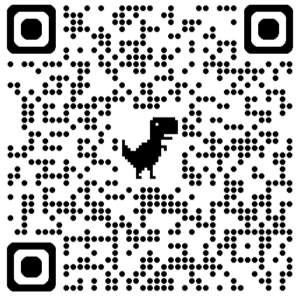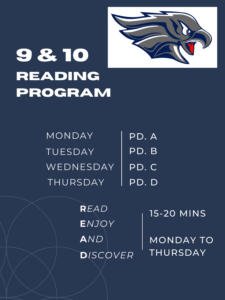March 23rd, 2023
Bright ideas and bright futures shone for all to see at the Waterloo Region Museum, where Waterloo Region District School Board (WRDSB) students pitched their innovative ideas to members of Smart Waterloo Region (SWR). The day marked the culmination of months of work by this group of students from Elmira District Secondary School (EDSS), Cameron Heights Collegiate Institute (CHCI), Waterloo-Oxford District Secondary School (WODSS), Southwood Secondary School (SSS) and Jacob Hespeler Secondary School (JHSS).
These students spent much of their first semester immersed in a design thinking project. Educators have been working in partnership with Smart Waterloo Region Innovation Lab (SWRIL) to teach WRDSB students design thinking by using tools from the Global Innovation Management Institute’s (GIMI) Impact Program. During the program participants identify problems in their communities across the Region, and then use design thinking to develop solutions. At the end of the program students get the chance to pitch their ideas to representatives from SWRIL, for the chance to see their project funded, and their ideas made real.
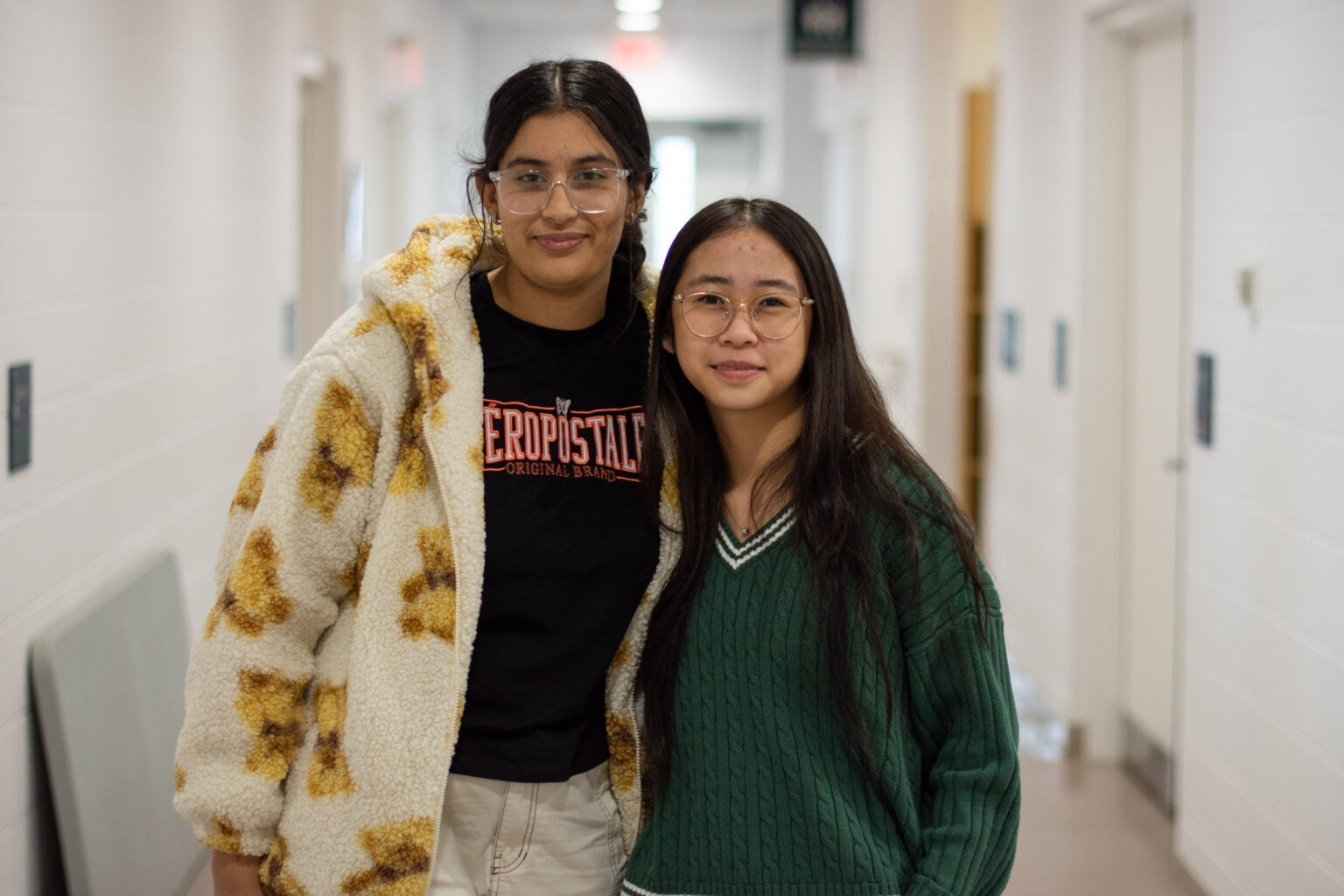
Grade 10 students from CHCI Mira Cat and Manjot Dhesi pitched their proposal to help the environment. Their solution focused on improving awareness of how changes to dietary choices can have a positive impact. Cat explained their focus was to help share just how many options are available – from algae to pumpkin flowers.
“We’re trying to teach people about how much food we’re not eating, and how much food we could be eating to diversify our diet,” said Cat. “It’s really affecting not just our health, but the health of our planet.”
Their ultimate goal is to help people learn more about how what they eat impacts the world around them. In the process, Dhesi shared how it felt to grow their own knowledge of the topic, while helping to inform their peers, families and teachers.
“I feel proud,” said Dhesi. “I have been able to educate myself and learn about all of this. Now I have the knowledge and resources to educate others.”
Following their pitch presentation, Cat reflected on what she had learned so far this semester, and how it helped to prepare her for this opportunity.
“At the start of September I wouldn’t have been able to do this at all,” said Cat. “Even though I was nervous, I feel like my speaking skills improved.”
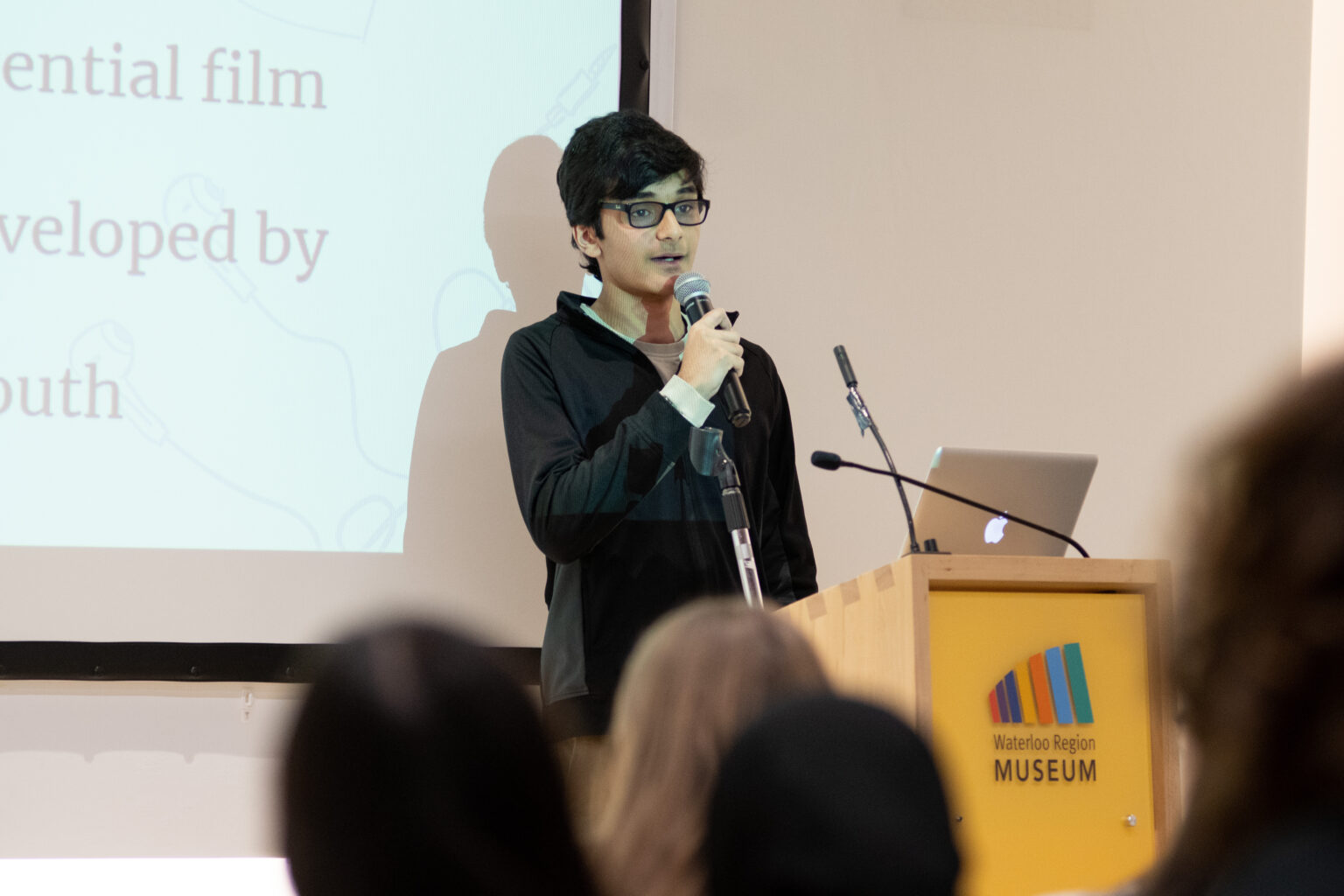
Afham Nadeem is a Grade 10 student from SSS, and also took to the stage to pitch his idea to representatives of SWRIL. His project involved the creation of a collaborative minority youth film project at SSS, and eventually the establishment of a film competition with the same focus. Nadeem’s ultimate goal is to help improve the self-confidence of his classmates.
“I noticed teens have a dream, but they don’t have the self-confidence to chase that dream,” said Nadeem. “I feel I have what it takes to help my peers chase their dreams.”
Nadeem took a moment to reflect on the experiences and knowledge learned since September.
“The main one would be mental perseverance,” said Nadeem.
He noticed his approach to problem-solving has improved, and he finds himself overcoming challenges and succeeding where he may have given up in the past.
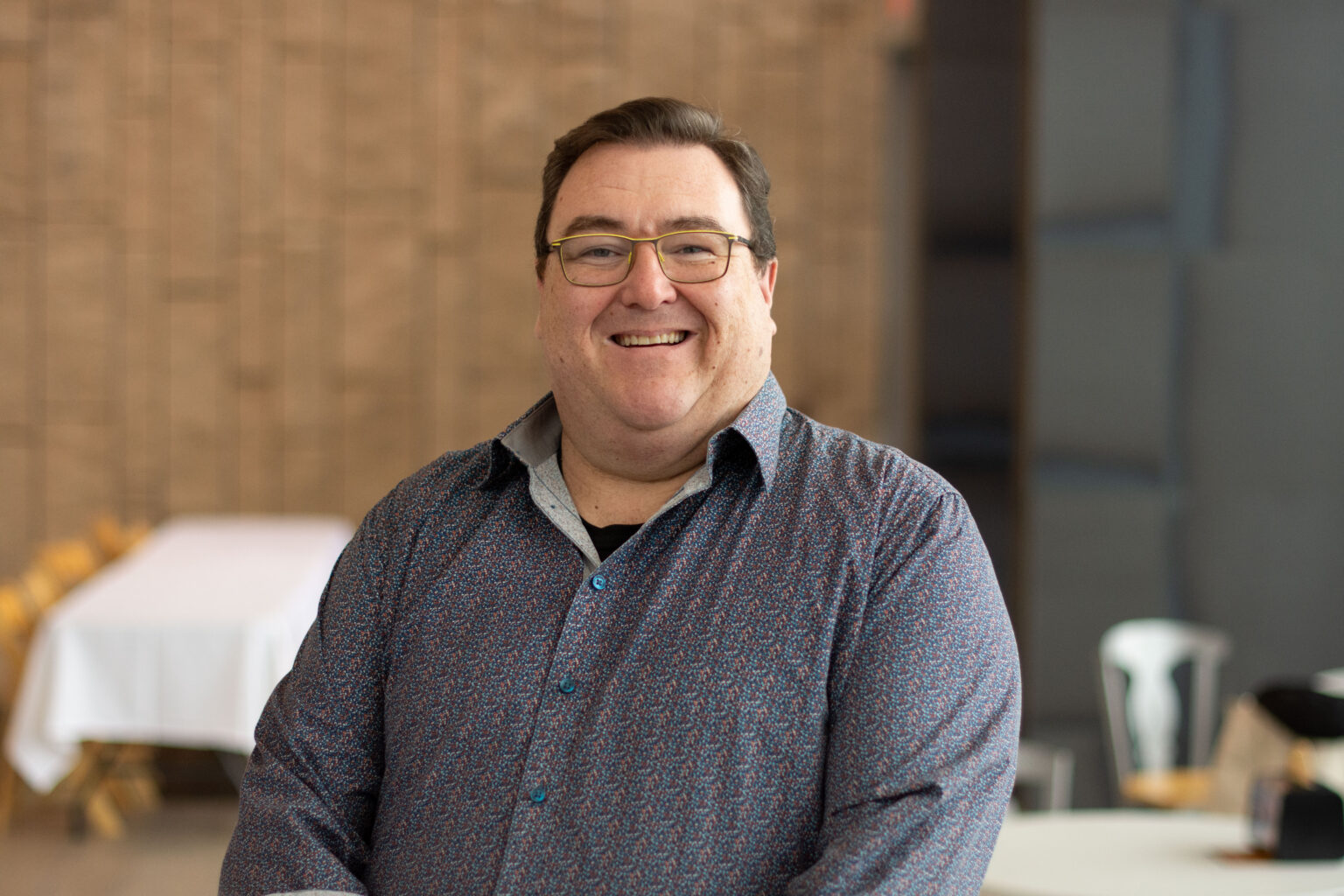
Tom O’Connor saw the same skills being developed in his students, too. He’s an English, Civics and Careers teacher at JHSS and he was on hand to support his students during their pitch presentations. According to O’Connor the key takeaway is that the experience allows students to see how valued their thinking and creativity can be for those who live and work around them.
Students also leant the tangible applications of innovative design thinking for problem solving in their community.
“It shows students that their ideas are meaningful and can make a difference in their community,” said O’Connor. “Innovative solutions can be practical solutions. This program allows them to see the end point for their innovations.”
O’Connor also thinks it is important that students have the opportunity to engage and share ideas with peers from all across Waterloo Region.
“Students see other students in a different light and all the cool things happening in the WRDSB,” said O’Connor. “That’s how a community is formed. It’s through making connections.”
Next Steps – Expanding the Program
Having seen the benefit of the GIMI Impact Program on students, the WRDSB and SWRIL will continue to offer the program to a new cohort of students in Semester 2, with students from Waterloo Collegiate Institute joining in this time. This will be the third cohort of WRDSB students to participate in the program.
Categories: Home Page

